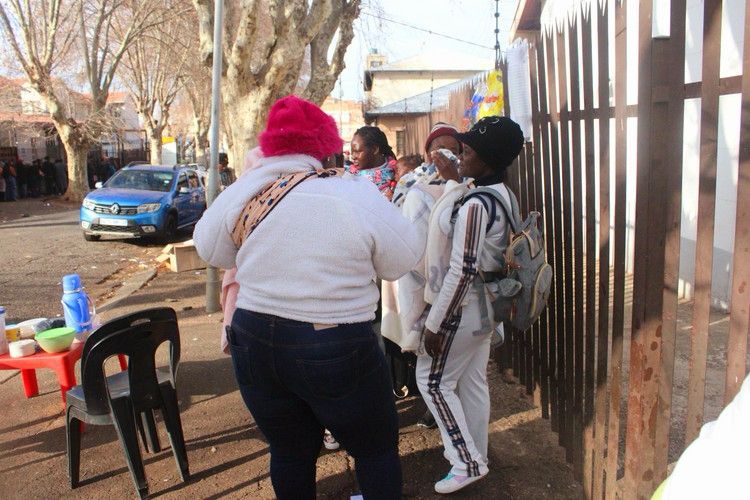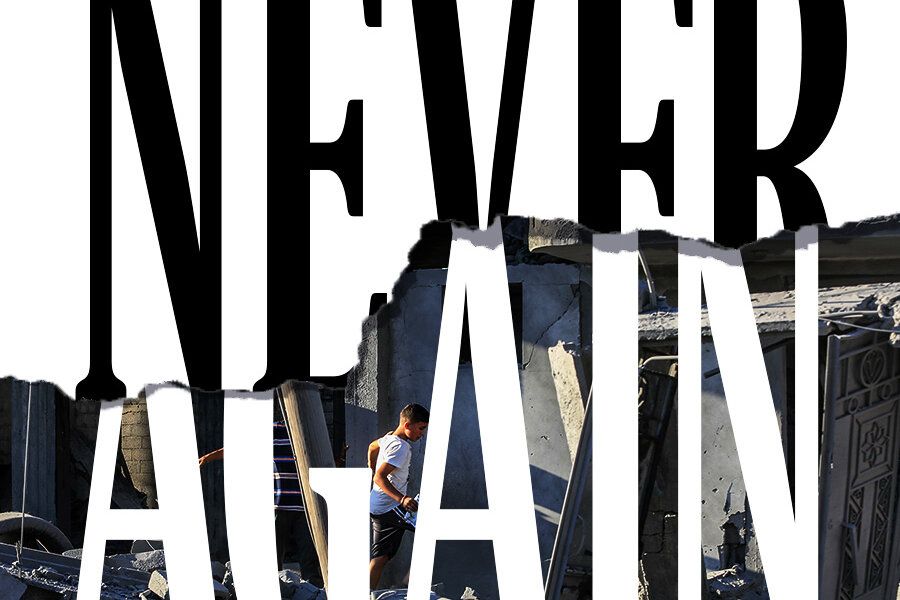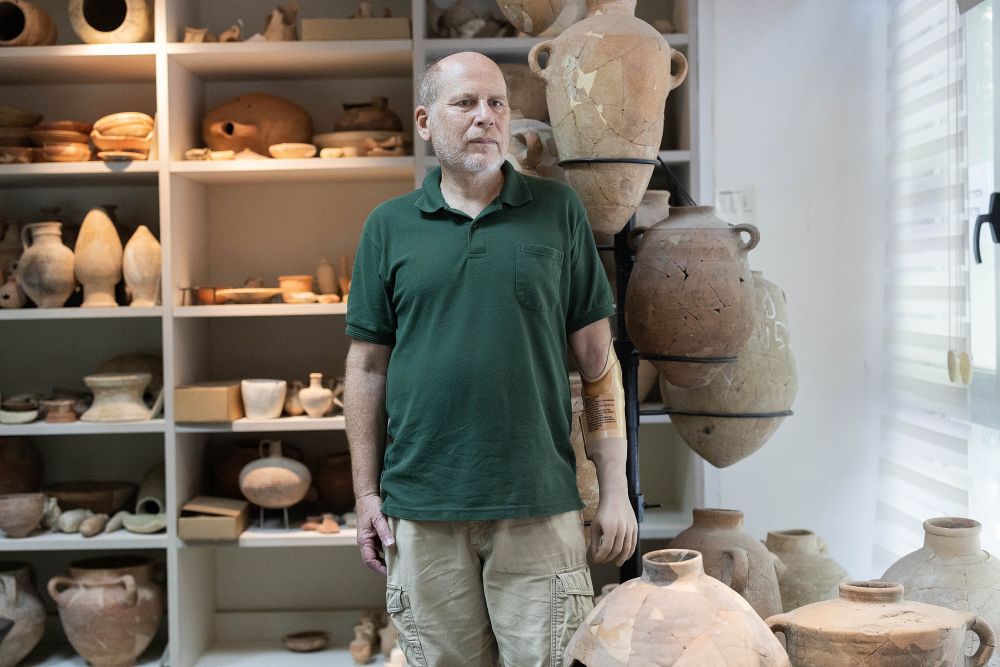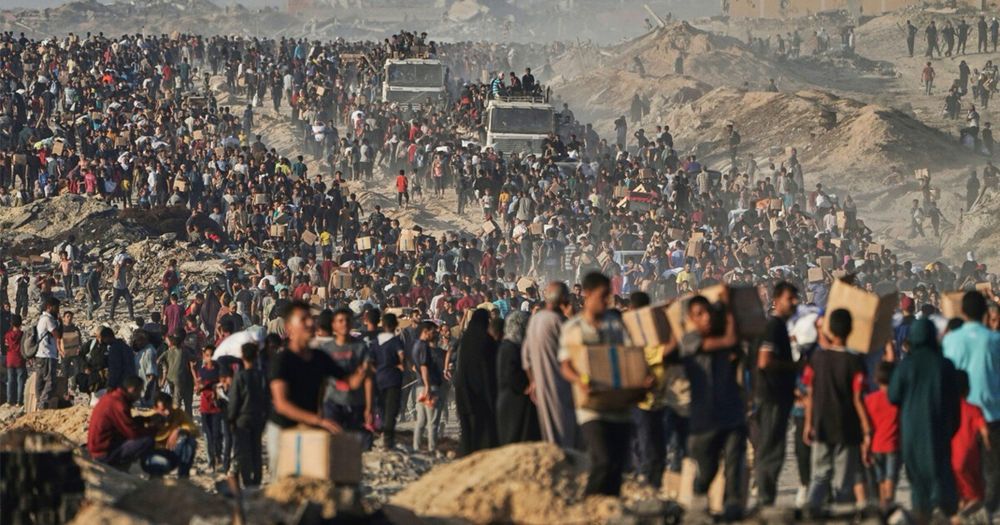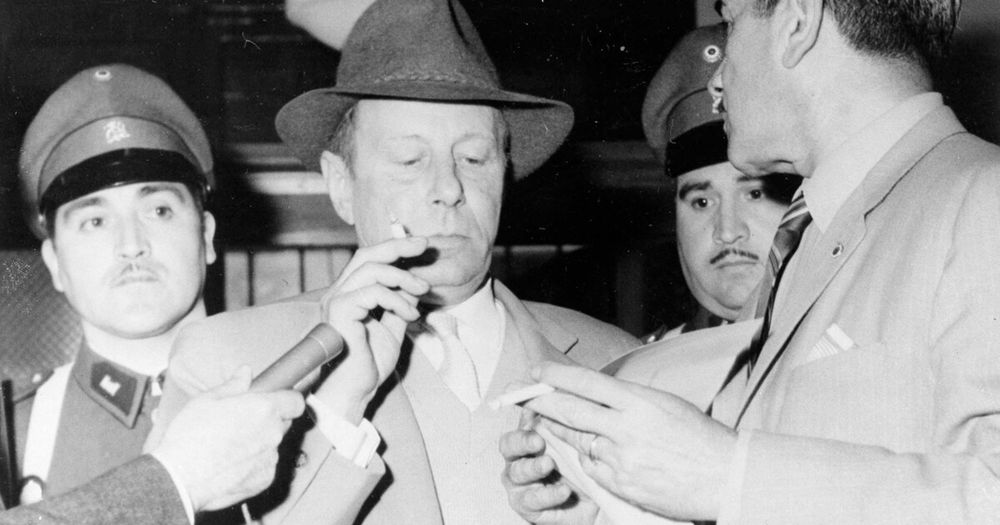Richard L Raber
@richardraber.bsky.social
98 followers
87 following
110 posts
Historian of war and society in 20th and 21st century Southern Africa.
Posts
Media
Videos
Starter Packs
Pinned
Richard L Raber
@richardraber.bsky.social
· Jul 21
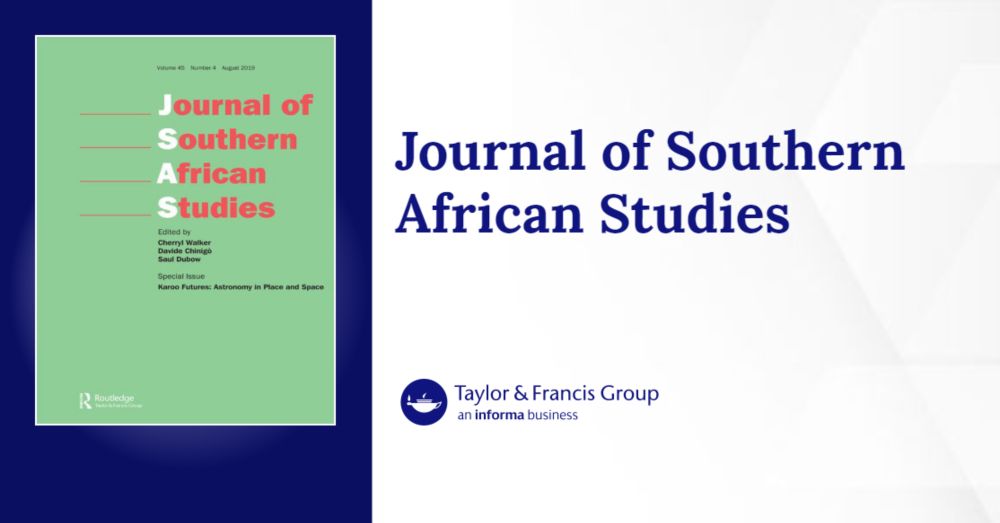
Fallen Heroes and First Peoples: Memory Composition Among Two Ex-Military Communities in South Africa
The apartheid-era South African Defence Force’s most notorious units, 31 Battalion and 32 Battalion, were composed of African troops. With the onset of Namibia’s 1990 independence, these soldiers a...
www.tandfonline.com
Richard L Raber
@richardraber.bsky.social
· Jul 31

Break the selective silence on the genocide in Gaza
Substantial and well-documented evidence indicates a catastrophic public health emergency
in Gaza (appendix pp 1–5), marked by severe food insecurity and alarming levels of
malnutrition-related deaths...
www.thelancet.com
Richard L Raber
@richardraber.bsky.social
· Jul 23
Richard L Raber
@richardraber.bsky.social
· Jul 21
Richard L Raber
@richardraber.bsky.social
· Jul 21
Richard L Raber
@richardraber.bsky.social
· Jul 21
Richard L Raber
@richardraber.bsky.social
· Jul 21
Richard L Raber
@richardraber.bsky.social
· Jul 21
Richard L Raber
@richardraber.bsky.social
· Jul 21
Richard L Raber
@richardraber.bsky.social
· Jul 21
Richard L Raber
@richardraber.bsky.social
· Jul 21
Richard L Raber
@richardraber.bsky.social
· Jul 21

Fallen Heroes and First Peoples: Memory Composition Among Two Ex-Military Communities in South Africa
The apartheid-era South African Defence Force’s most notorious units, 31 Battalion and 32 Battalion, were composed of African troops. With the onset of Namibia’s 1990 independence, these soldiers a...
www.tandfonline.com
Richard L Raber
@richardraber.bsky.social
· Jun 27
Richard L Raber
@richardraber.bsky.social
· Jun 27
Richard L Raber
@richardraber.bsky.social
· Jun 27
Richard L Raber
@richardraber.bsky.social
· Jun 27
Richard L Raber
@richardraber.bsky.social
· Jun 27
Richard L Raber
@richardraber.bsky.social
· Jun 27
Richard L Raber
@richardraber.bsky.social
· Jun 27
Richard L Raber
@richardraber.bsky.social
· Jun 27
